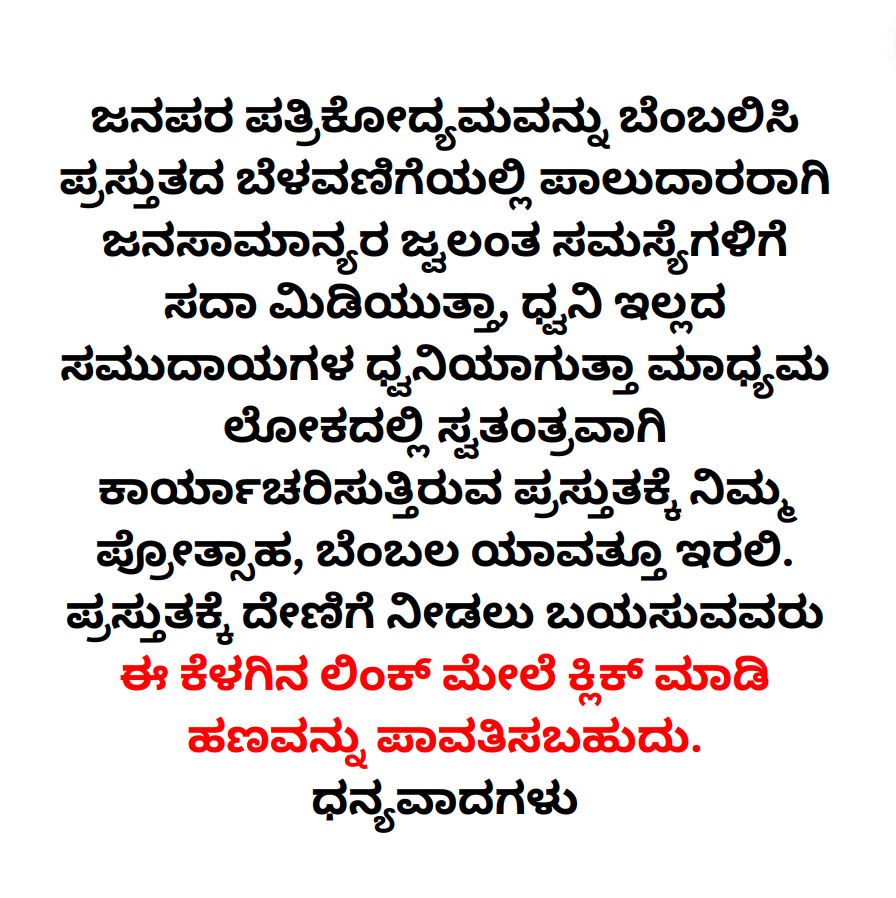Meeting air pollution control goals under the National Clean Air Programme (NCAP) could go a long way in improving child health in India, a new research paper has concluded, finding a strong correlation between high outdoor pollution and prevalence of anaemia among children under the age of five years.
A research led by the Centre for Atmospheric Sciences at the Indian Institute of Technology (IIT), Delhi and Harvard University’s TH Chan School of Public Health found that on a district level, for every 10 micrograms per cubic metres increase in outdoor PM2.5 exposure, average anaemia prevalence increased by 1.9% and average haemoglobin level decreased by 0.07 g/dL (grams per decilitre) .
The researchers used data from the national family and health survey 2015-16 to examine the association of anaemia with high PM 2.5 levels.
“Our analysis reveals that apart from diet and other known causes of anaemia like maternal anaemia, air pollution also plays a significant role in anaemia development and prevalence. We have also discussed the biological mechanism through which air pollution could be a risk factor for anaemia. But that can be only confirmed through a cohort study (studies on groups of people to investigate the causes of a disease),” said Sagnik Dey, coordinator of the Centre of Excellence for Research on Clean Air (CERCA) and associate faculty at the School of Public Policy, IIT Delhi.
High air pollution levels have been associated with adverse cardiovascular, respiratory, and mortality outcomes. For children, it has been associated with low birth weight and stunted growth in past research.
As of 2016, nearly 60% of children in India were anaemic. The introduction of the National Iron Plus Initiative in 2011 sought to expand the beneficiaries of the National Nutritional Anaemia Prophylaxis Programme to children aged 6–59 months. “Although anaemia decreased by about 11% between 2006 and 2016, it remains a major issue despite an increase in available food fortified with iron. It is clear that other potential risk factors for childhood anaemia must be identified and understood,” the study observes.
The entire report has been extracted from Hindustan times.










